The identification of bovine and ovine animals with ear tags has undergone significant changes in recent years, with many more coming down the track.
The number of calves born annually and requiring identification has increased from 1,993,841 in 2010 to 2,290,745 head for the year to date in 2018, an increase of 296,904 births.
The total figures fail to highlight the difference between dairy and suckler sectors, with birth registrations from dairy cows increasing from 1,010,030 in 2010 to 1,442,015 to the week ending 7 December, while birth registrations to suckler cows have fallen from 983,111 to 868,730 in the same period.
There is also a matter of the calving pattern tightening significantly in dairy herds, meaning the season for supplying tags has become much more compact.
There are, however, more suppliers in the market than in 2010, with Cormac Tagging and Datamars joining Mullinahone Co-op. With intense demand over a short period, farmers are advised to order tags well in advance of when they will be required.
Dairy herds
There is also a growing trend in dairy herds of ordering electronic tags to facilitate automatic performance recording, drafting, feeding, etc.
The increase in calf births has also brought an increase in the number of animals tested on a yearly basis under the Bovine Viral Diarrhoea (BVD) eradication programme. Paul Mooney outlines progress to date and looks forward to when the requirement to tag newborn animals is likely to cease.
BDGP tags
Adam Woods looks at the planned rollout of Beef Data and Genomics Programme (BDGP) tags for 2019. Farmers will hope that the tag rollout is condensed to the second half of February rather than March, after delays caused frustration at farm level in spring 2018.
The sheep tagging sector is also undergoing major change, with farmers only allowed to order electronic tags since 01 October 2018.
There is an allowance in place to use existing supplies of slaughter tags and permanent tags until 1 June 2019, after which animals will only be allowed to leave the holding of birth with electronic identification.
Farmers should note that the Department’s subsidy payment of up to €100 is only eligible on the first tag order between 01 October 2018 and 31 September 2019. The switch to electronic tagging opens up an opportunity to adopt EID technology, but, cost and flock size remain a major barrier to adopting the technology right across the EU.




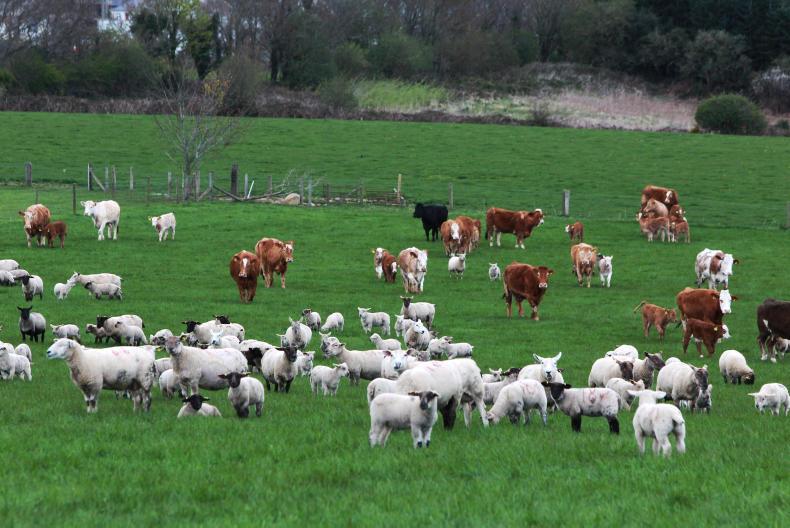
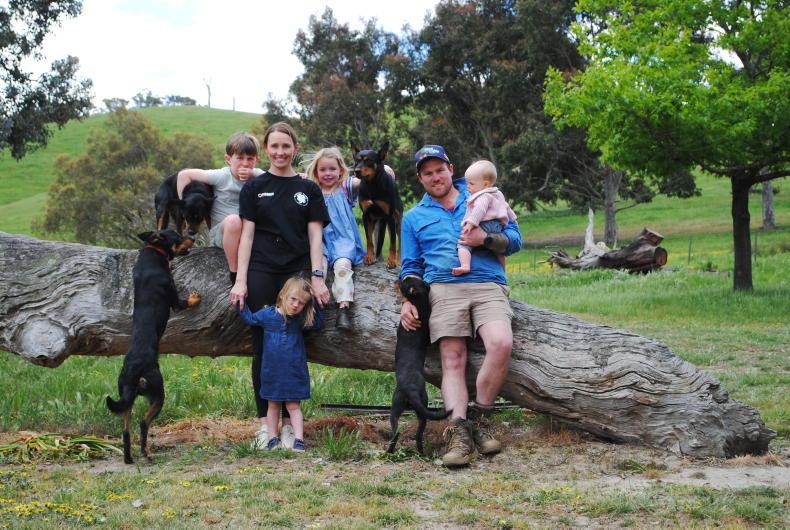

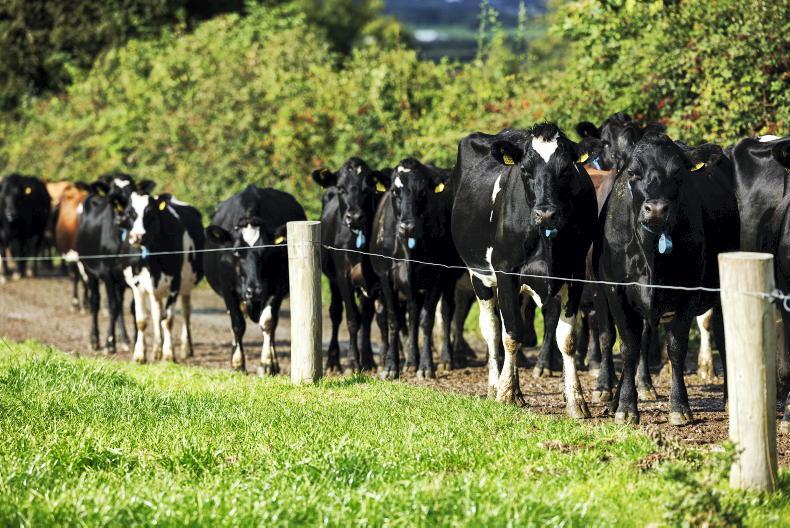
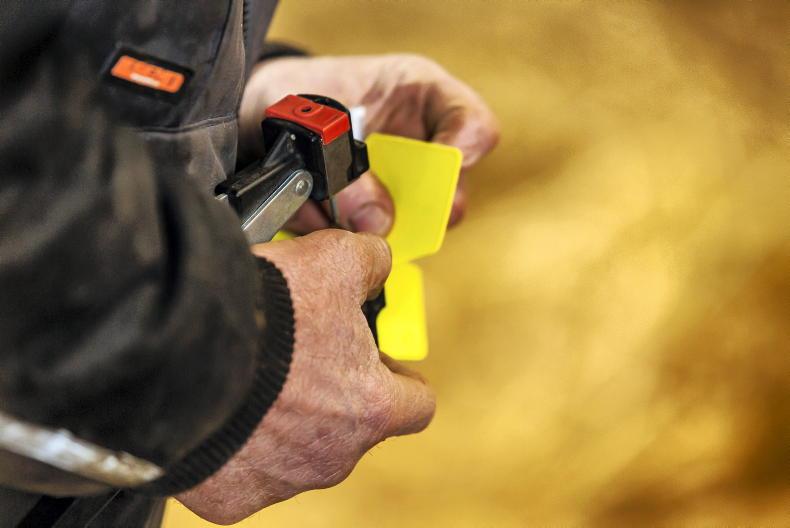
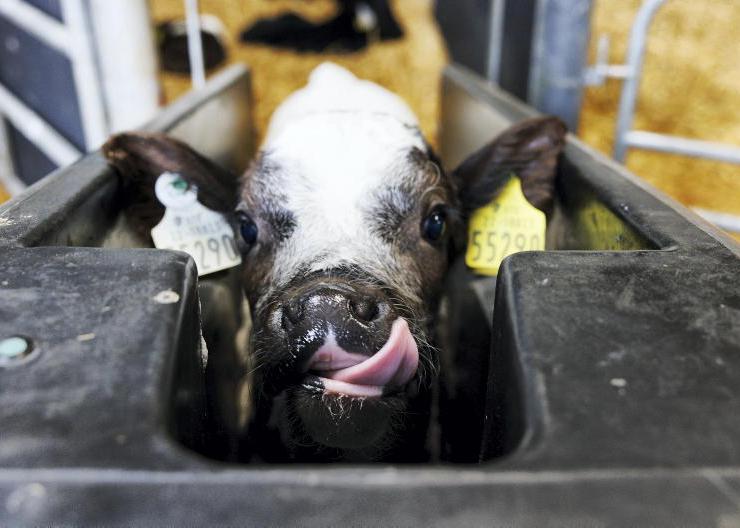
SHARING OPTIONS